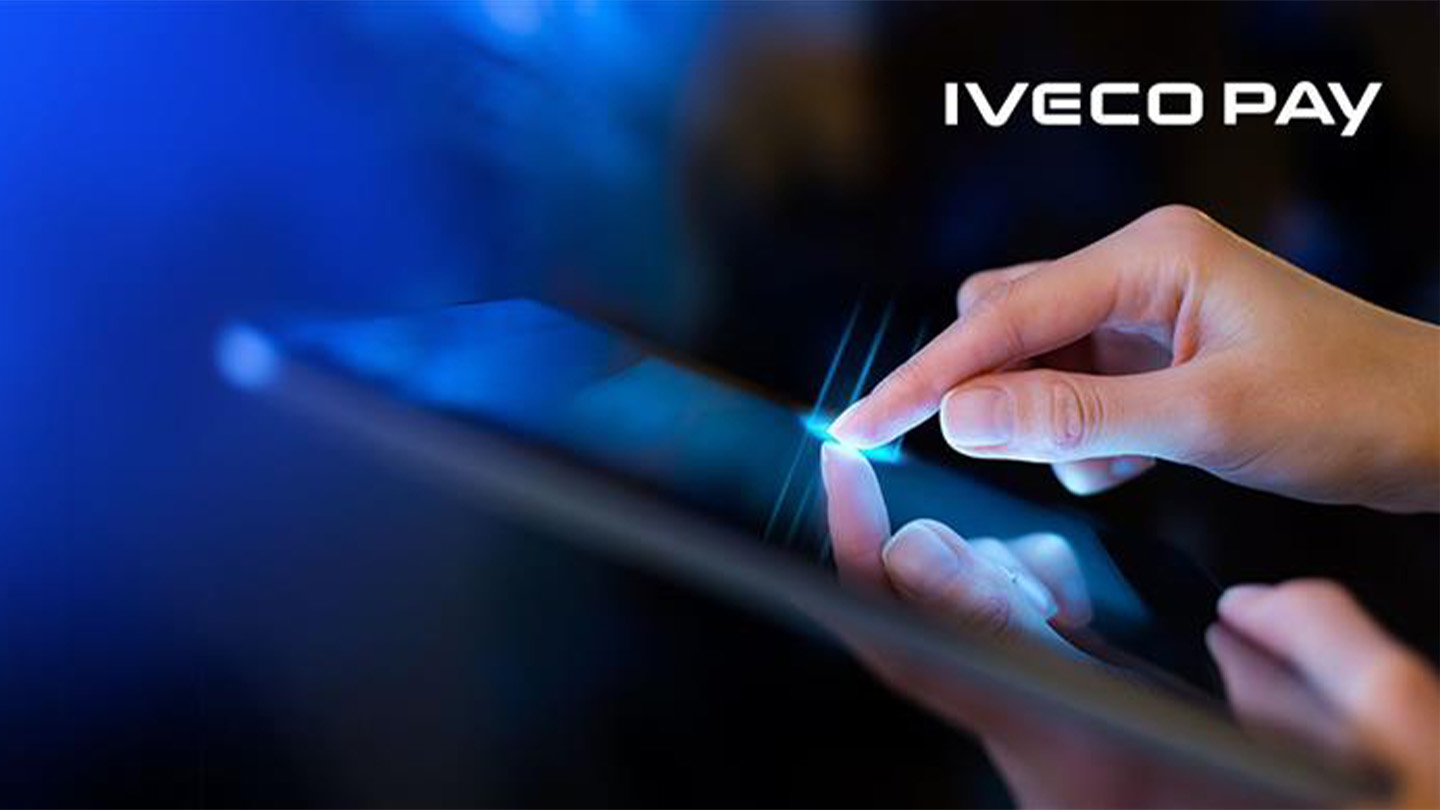From startups to legacy brands, you're making your mark. We're here to help.
-
Innovation Economy
Fueling the success of early-stage startups, venture-backed and high-growth companies.
-
Midsize Businesses
Keep your company growing with custom banking solutions for middle market businesses and specialized industries.
-
Large Corporations
Innovative banking solutions tailored to corporations and specialized industries.
-
Commercial Real Estate
Capitalize on opportunities and prepare for challenges throughout the real estate cycle.
-
Community Impact Banking
When our communities succeed, we all succeed. Local businesses, organizations and community institutions need capital, expertise and connections to thrive.
-
International Banking
Power your business' global growth and operations at every stage.
Key Links
Prepare for future growth with customized loan services, succession planning and capital for business equipment.
-
Asset Based Lending
Enhance your liquidity and gain the flexibility to capitalize on growth opportunities.
-
Equipment Financing
Maximize working capital with flexible equipment and technology financing.
-
Trade & Working Capital
Experience our market-leading supply chain finance solutions that help buyers and suppliers meet their working capital, risk mitigation and cash flow objectives.
-
Syndicated Financing
Leverage customized loan syndication services from a dedicated resource.
-
Commercial Real Estate
Capitalize on opportunities and prepare for challenges throughout the real estate cycle.
-
Employee Stock Ownership Plans
Plan for your business’s future—and your employees’ futures too—with objective advice and financing.
Key Links
Serving the world's largest corporate clients and institutional investors, we support the entire investment cycle with market-leading research, analytics, execution and investor services.
-
Institutional Investors
Putting your long-tenured investment teams on the line to earn the trust of institutional investors.
-
Markets
Direct access to market leading liquidity harnessed through world-class research, tools, data and analytics.
-
Prime Services
Helping hedge funds, asset managers and institutional investors meet the demands of a rapidly evolving market.
-
Global Research
Leveraging cutting-edge technology and innovative tools to bring clients industry-leading analysis and investment advice.
-
Securities Services Solutions
Helping institutional investors, traditional and alternative asset and fund managers, broker dealers and equity issuers meet the demands of changing markets.
Key Links
Providing investment banking solutions, including mergers and acquisitions, capital raising and risk management, for a broad range of corporations, institutions and governments.
-
Center for Carbon Transition
J.P. Morgan’s center of excellence that provides clients the data and firmwide expertise needed to navigate the challenges of transitioning to a low-carbon future.
-
Corporate Finance Advisory
Corporate Finance Advisory (“CFA”) is a global, multi-disciplinary solutions team specializing in structured M&A and capital markets. Learn more.
-
Development Finance Institution
Financing opportunities with anticipated development impact in emerging economies.
-
Sustainable Solutions
Offering ESG-related advisory and coordinating the firm's EMEA coverage of clients in emerging green economy sectors.
-
Mergers and Acquisitions
Bespoke M&A solutions on a global scale.
-
Capital Markets
Holistic coverage across capital markets.
Your partner for commerce, receivables, cross-currency, working capital, blockchain, liquidity and more.
Key Links
A uniquely elevated private banking experience shaped around you.
-
Banking
We have extensive personal and business banking resources that are fine-tuned to your specific needs.
-
Investing
We deliver tailored investing guidance and access to unique investment opportunities from world-class specialists.
-
Lending
We take a strategic approach to lending, working with you to craft the right financing solutions matched to your goals.
-
Planning
No matter where you are in your life, or how complex your needs might be, we’re ready to provide a tailored approach to helping your reach your goals.
Whether you want to invest on your own or work with an advisor to design a personalized investment strategy, we have opportunities for every investor.
-
Invest on your own
Unlimited $0 commission-free online stock, ETF and options trades with access to powerful tools to research, trade and manage your investments.
-
Work with our advisors
When you work with our advisors, you'll get a personalized financial strategy and investment portfolio built around your unique goals-backed by our industry-leading expertise.
-
Expertise for Substantial Wealth
Our Wealth Advisors & Wealth Partners leverage their experience and robust firm resources to deliver highly-personalized, comprehensive solutions across Banking, Lending, Investing, and Wealth Planning.
For Companies and Institutions
-
Commercial Banking
From startups to legacy brands, you're making your mark. We're here to help.
-
Institutional Investing
Serving the world's largest corporate clients and institutional investors, we support the entire investment cycle with market-leading research, analytics, execution and investor services.
-
Payments
Your partner for commerce, receivables, cross-currency, working capital, blockchain, liquidity and more.
-
Credit & Financing
Prepare for future growth with customized loan services, succession planning and capital for business equipment.
-
Investment Banking
Providing investment banking solutions, including mergers and acquisitions, capital raising and risk management, for a broad range of corporations, institutions and governments.
For Individuals
-
Private Bank
A uniquely elevated private banking experience shaped around you.
-
Wealth Management
Whether you want to invest on you own or work with an advisor to design a personalized investment strategy, we have opportunities for every investor.
Explore a variety of insights.
Key Links
Insights by Topic
Explore a variety of insights organized by different topics.
Key Links
Insights by Type
Explore a variety of insights organized by different types of content and media.
Key Links
We aim to be the most respected financial services firm in the world, serving corporations and individuals in more than 100 countries.
Key Links
- Insights
- Payments
- Cross-Border Payments
- Paying foreign suppliers: When are you better off using local currency vs. U.S. dollars?

Perhaps you've been paying your overseas vendors in U.S. dollars for decades and they've never complained. Your company may even require that international payments be denominated in U.S. dollars, a common treasury policy among American businesses buying from abroad. However, paying invoices in foreign currency could save you money and effort. The potential embedded costs of dealing in U.S. dollars are often overlooked and misconceptions abound over the risks of foreign currencies.
Of course, there are some instances when paying in U.S. dollars is efficient. Certain industries have dollar-functional supply chains where currency conversion shouldn’t occur. Multinational vendors may want U.S. dollars for their own operations, or they may have an arrangement to convert currencies via a foreign exchange hedging program. But if these considerations don't apply to your business, there may be benefits to changing your approach.
Here’s what to think about when deciding which invoice currency to use with overseas vendors.
Paying invoices in foreign currency can help improve cash flow
When you make a payment in U.S. dollars, your bank immediately withdraws the funds from your account. This ensures the dollars are sent to the vendor’s bank right away. By contrast, when you make a cross-border payment, funds are not wired until they've been converted from dollars to the vendor’s currency. Your financial institution may be willing to delay withdrawing the dollars from your account until the conversion is complete, which could take up to two business days. Two days of funds availability can be meaningful in terms of earnings credit and working capital availability.
Paying in U.S. dollars can create challenges for vendors
Your vendor may experience faster payments and an easier account reconciliation process if you choose to pay in their local currency. When supplier payments are made in U.S. dollars, the vendor’s financial institution automatically converts the payment to the currency of the receiving account, often without contacting the recipient. This could create two challenges for your vendor’s accounts receivable (A/R) team:
- Delays in receipt of funds: Many banks take two business days to post cross-border payments to accounts, even for currencies that allow delivery on the same or next day after receipt. You may be able to deliver funds more quickly with no disadvantage to your company if you pay in the vendor’s local currency.
- Difficulty matching credits to invoices: Foreign reconciliation team may struggle to match your payment credit because the converted local currency amount won’t match the amount on the invoice. They can only hope the invoice reference details you provide in the wire transfer appear on the account statement.
Case study: Importing from China
A wholesale distributor based in the southeastern U.S. imported machine tools from China for more than 80 years and always paid in U.S. dollars. However, beginning in 2010, the internationalization of the Chinese currency allowed for the distributor to make payments in CNH, the Chinese currency traded outside of mainland China. By agreeing to pay in CNH, the wholesale distributor was able to negotiate more favorable pricing from their vendor.
Additional considerations
- Vendor risk: You may be paying a risk premium when transacting in U.S. dollars because your vendor will account for possible currency fluctuations when quoting you a price in U.S. dollars. You can increase transparency by asking vendors to generate invoices that show prices in both U.S. dollars and the local currency. Consult with your banking provider to further discuss the benefits of dual-currency invoicing.
- Changes to accounts payable processing flow: Most banking platforms include the option for foreign currency payments in the same web client as U.S. dollar payments. The benefit of this is that the user experience likely won't change.
- Additional help: Payments to suppliers in a foreign currency shouldn't be confused with foreign exchange trading and hedging. More experienced treasury practitioners may choose to employ FX risk management instruments—such as forwards, swaps and options. These treasury teams will work closely with specialists on their bank’s FX desk to tailor appropriate solutions for their business.
How J.P. Morgan can help
Looking for ways to improve your vendor payments and handle invoice currency differently? Contact your banking relationship team to learn more about our cross border payment solutions and the international expertise that powers our people and products.
© 2022 JPMorgan Chase & Co. All rights reserved. JPMorgan Chase Bank, N.A. Member FDIC. Visit jpmorgan.com/cb-disclaimer for disclosures and disclaimers related to this content.
Related insights

Payments
How wire transfers work and when to use them
Apr 23, 2025
Discover how wire transfers can streamline your business transactions and enhance financial stability.

Payments
Flexible and future-proof: How MACH principles are shaping next-generation banking
Apr 17, 2025
J.P. Morgan Payments is ushering in a new era of technology in the financial industry, promoting guiding MACH principles that have the power to unleash transformative payment experiences for businesses and individuals.

Payments
Instant payments: Understanding real-time payment networks
Apr 16, 2025
Learn about real-time payments and how they can benefit your business

Payments
IVECO PAY: Adam Smith Award-winning solution
Apr 16, 2025
Learn how the multinational transport vehicle manufacturing company Iveco Group is transforming the customer journey with IVECO CAPITAL’s digital payment hub.

02:05 - Payments
Sephora delivers a best-in-class omnichannel experience with J.P. Morgan Payments
Learn how the beauty giant consolidated its payment-related processes to streamline the customer experience across channels.

Payments
What is accounts payable automation?
Apr 04, 2025
Optimize your payment processes and improve cash flow management through AP automation. Discover practical strategies for successful implementation.

Payments
Mar 25, 2025
Protect your business and customer relationships through strong payment security. Learn how PCI DSS requirements safeguard card data and help prevent fraud while building trust.
You're now leaving J.P. Morgan
J.P. Morgan’s website and/or mobile terms, privacy and security policies don’t apply to the site or app you're about to visit. Please review its terms, privacy and security policies to see how they apply to you. J.P. Morgan isn’t responsible for (and doesn’t provide) any products, services or content at this third-party site or app, except for products and services that explicitly carry the J.P. Morgan name.
